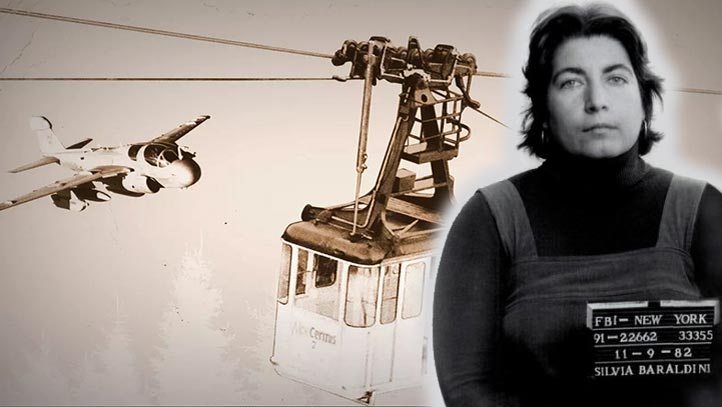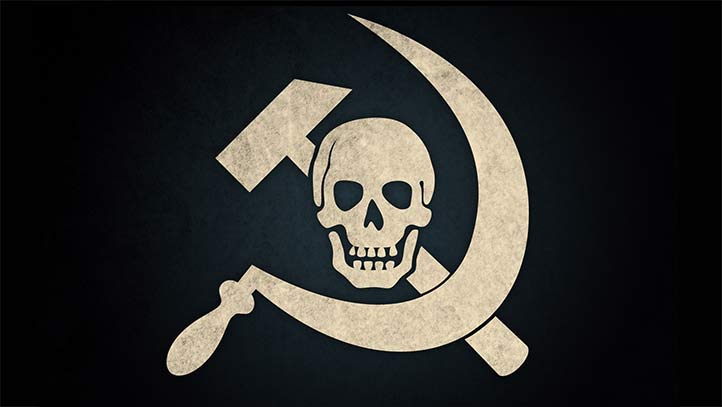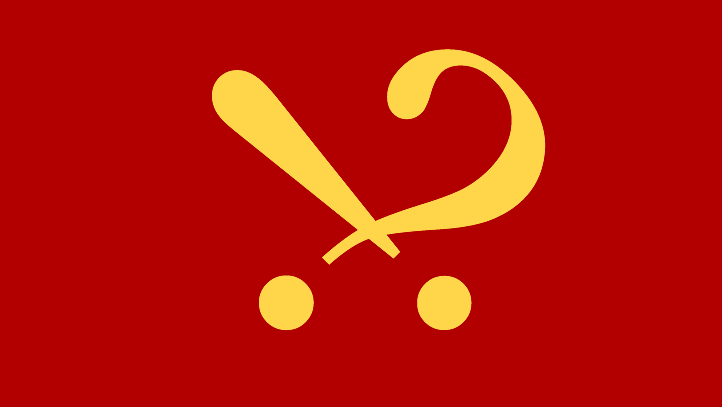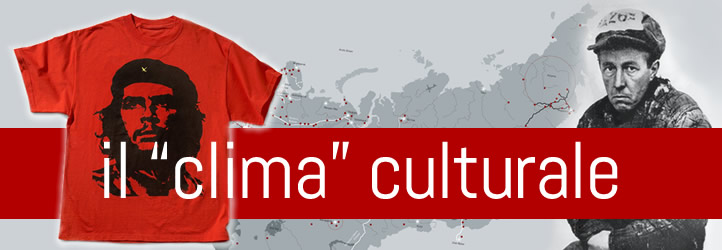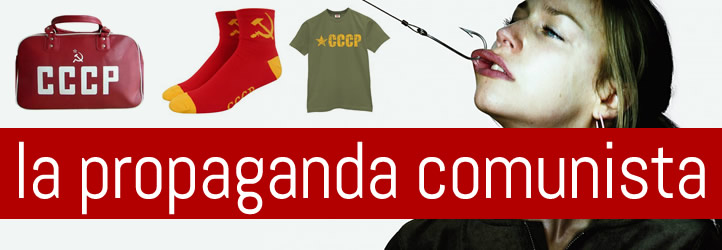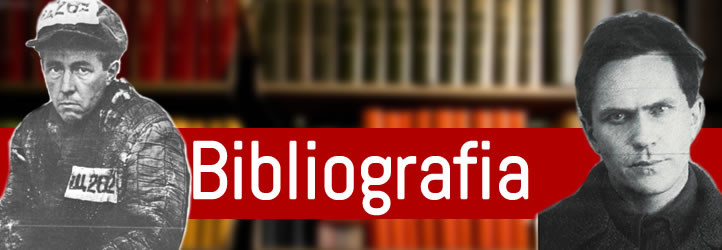Understanding Stalin - Russian archives reveal that he was no madman, but a very smart and implacably rational ideologue.
How did Stalin become Stalin? Or, to put it more precisely: How did Iosif Vissarionovich Djugashvilithe grandson of serfs, the son of a washerwoman and a semiliterate cobbler become Generalissimo Stalin, one of the most brutal mass murderers the world has ever known?

How did a boy born in an obscure Georgian hill town become a dictator who controlled half of Europe? How did a devout young man who chose to study for the priesthood grow up to become a zealous atheist and Marxist ideologue? Under Freuds influence, many ambitious biographersnot to mention psychologists, philosophers, and historianshave sought answers in their subjects childhood. Just as Hitlers fanaticism has been explained by his upbringing, his sex life, or his alleged single testicle, so has Stalins psychopathic cruelty been attributed to the father who, in Stalins own words, thrashed him mercilessly, or to the mother who may have had an affair with a local priest. Other accounts have featured the accident that left Stalin with a withered arm, the smallpox infection that badly scarred his face, or the birth defect that joined two of his toes and gave him a webbed left footthe mark of the devil. Politics have influenced Stalins biographers too. During his lifetime, sympathizers made him into a superhero, but opponents have imposed their prejudices as well. Leon Trotsky, Stalins worst enemy, was far and away his most influential 20th-century interpreter, shaping the views of a generation of historians, from Isaac Deutscher onward.
Trotsky's Stalin was lacking in wit and gaiety, an unlettered and provincial man who obtained power through bureaucratic manipulation and brute violence. Above all, Trotsky's Stalin was a turncoat who betrayed first Lenin and then the Marxist cause. It was a portrait that served a purpose, inspiring Trotskyites to remain faithful to the Soviet revolution that could have beenif only Trotsky had come to power instead of the gray, guarded, cynical Stalin. Since the opening of Soviet archives in the 1990s, these politicized and psychologized accounts of Stalins life have begun to unravel. Politics still influence how he is publicly remembered: in recent years, Russian leaders have played down Stalins crimes against his own people, while celebrating his military conquest of Europe. But the availability of thousands of once-secret documents and previously hidden caches of memoirs and letters has made it possible for serious historians to write the more interesting truth. Drawing on contacts in Tbilisi and Moscow for his Young Stalin, the historian and journalist Simon Sebag Montefiore, for example, offers a portrait of the dictator as a youthful rabble-rouser, Lothario, poet, and pamphleteerhardly the lumpen bureaucrat of Trotskys imagination. Digging deep and long in obscure archival collections, the Russian academic Oleg Khlevniuk has produced marvelously detailed accounts of the incremental evolution of the Soviet Communist Party from the chaos of the revolution into what eventually became Stalinism. Khlevniuks booksalongside the edited letters of Stalin to two of his sidekicks, Vyacheslav Molotov and Lazar Kaganovich, and dozens of published documents on the history of the Gulag, of collectivization, of the Ukrainian famine, of the KGBshow that Stalin did not create the Soviet dictatorship through mere trickery.
Nor did he do it alone. He was helped by a close circle of equally dedicated men, as well as thousands of fanatical secret policemen. In an exceptionally ambitious biographythe first volume of a projected three takes us from Stalins birth, in 1878, up to 1928 in just under 1,000 pagesStephen Kotkin, a history professor at Princeton, sets out to synthesize the work of these and hundreds of other scholars. His goal in Stalin is to sweep the cobwebs and the mythology out of Soviet historiography forever. He dismisses the Freudians right away, arguing that nothing about Stalins early life was particularly unusual for a man of his age and background. Sergei Kirov, a member of Stalins inner circle, grew up in an orphanage after his alcoholic father abandoned the family and his mother died of tuberculosis. Grigory Ordzhonikidze, another crony, had lost both his parents by the time he was 10. The young Stalin, by contrast, had a mother who, despite her background, was ambitious and energetic, mobilizing her extended family on her talented sons behalf. More important, Kotkin notes, young Stalin stood out in late-19th-century Tiflis not because he was especially thuggish but because he was a remarkable student. By the age of 16, he had made his way into the Tiflis seminary, the highest rung of the educational ladder in the Caucasus a stepping-stone to a university elsewhere in the empire. He eventually dropped out of school, drifting into the shadowy world of far-left politics, but remained a charismatic personality. In Baku, where he went in 1907 to agitate among the oil workers, he engaged in hostage taking for ransom, protection rackets, piracy, as well as the odd political assassination. He moved in and out of prison, showing a special facility for dramatic escapes and adopting a wide range of aliases and disguises. Slowly, Kotkin builds the case for quite a different interpretation of Stalinand for quite a few other things, too. The books signature achievement, and its main fault, is its vast scope: Kotkin has set out to write not only the definitive life of Stalin but also the definitive history of the collapse of the Russian empire and the creation of the new Soviet empire in its place. His canvas is crowded with details from the lives of Bismarck and Mussolini, as well as the czarist politicians Sergei Witte, Pyotor Stolypin, and Pyotor Durnovo; the czar and the czarina themselves; and of course Lenin, Trotsky, Nadezhda Krupskaya, Nikolai Bukharin, and Felix Dzerzhinsky, just for starters. On the eve of the Russian Revolution, Stalin was in his late 30s and had nothing to show for his life. Year by year, crisis by crisis, a fine-grained picture of Stalins intellectual development nevertheless emerges. It is easy to forget, but on the eve of the Russian Revolution, Stalin was in his late 30s and had nothing to show for his life. He had no money, no permanent residence, and no profession other than punditry, meaning that he wrote articles for illegal newspapers. He certainly had no training in statecraft, and no experience managing anything at all. The Bolshevik coup détat of 1917 brought him and his comrades their first, glorious taste of success. Their unlikely revolutionthe result of Lenins high-risk gamblesvalidated their obscure and fanatical ideology. More to the point, it brought them personal security, fame, and power they had never before known. As a result, most Bolshevik leaders continued to seek guidance in this ideology, and Stalin was no exception. In later years, outsiders would listen incredulously to the wooden pronouncements of the Soviet leadership and ask whether they could possibly be sincere. Kotkins answer is yes. Unlike the uneducated cynic of Trotskys imagination, the real Stalin justified each and every decision using ideological language, both in public and in private. It is a mistake not to take this language seriously, for it proves an excellent guide to his thinking. More often than not, he did exactly what he said he would do. Certainly this was true in the realm of economics. The Bolsheviks, Kotkin rightly notes, were driven by a combination of ideas or habits of thought, especially profound antipathy to markets and all things bourgeois, as well as no-holds-barred revolutionary methods. Right after the revolution, these convictions led them to outlaw private trade, nationalize industry, confiscate property, seize grain and redistribute it in the citiesall policies that required mass violence to implement. In 1918, Lenin himself suggested that peasants should be forced to deliver their grain to the state, and that those who refused should be shot on the spot. Although some of these policies, including forced grain requisitions, were temporarily abandoned in the 1920s, Stalin brought them back at the end of the decade, eventually enlarging upon them. And no wonder: they were the logical consequence of every book he had read and every political argument he had ever had. Stalin, as Kotkin reveals him, was neither a dull bureaucrat nor an outlaw but a man shaped by rigid adherence to a puritanical doctrine. His violence was not the product of his subconscious but of the Bolshevik engagement with Marxist-Leninist ideology. This ideology offered Stalin a deep sense of certainty in the face of political and economic setbacks. If policies designed to produce prosperity created poverty instead, an explanation could always be found: the theory had been incorrectly interpreted, the forces were not correctly aligned, the officials had blundered. If Soviet policies were unpopular, even among workers, that too could be explained: antagonism was rising because the class struggle was intensifying. Whatever went wrong, the counterrevolution, the forces of conservatism, the secret influence of the bourgeoisie could always be held responsible. These beliefs were further reinforced by the searing battles of 191820 between the Red and White Armies. Over and over again, Stalin learned that violence was the key to success. Civil war, Kotkin writes, was not something that deformed the Bolsheviks; it formed them [providing] the opportunity to develop and to validate the struggle against exploiting classes and enemies (domestic and international), thereby imparting a sense of seeming legitimacy, urgency, and moral fervor to predatory methods. For Stalin, the civil war was especially formative, since it gave him his first experience of executive power. In 1918, he was sent to the city of Tsaritsyn, strategically situated along the Volga River and the site of an important rail junction. His mission was to secure food for the starving workers of Moscow and Petrogradto confiscate grain, in other words, and to serve, in effect, as the Bolshevik bandit-in-chief. To meet the challenge, he granted himself military powers, took over the local branch of the secret police, and stole 10 million rubles from another group of Bolsheviks. When the rail lines failed to function as he wished, he executed the local technical specialists, calling them class aliens. He disposed of other suspected counterrevolutionaries, Kotkin argues, not from sadism or panic, but as a political strategy, to galvanize the masses, warning his followers that internal foes of the revolution were about to stage a rebellion, recapture the city, and hand it over to the White Army: Here, in tiniest embryo, was the scenario of countless fabricated trials of the 1920s and 30s. These methods almost led to the military collapse of Tsaritsyn, and Lenin was eventually persuaded to recall Stalin to Moscow. But they did produce the grain. And after the civil war ended, Stalins military failures were forgotten. Tsaritsyn was even renamed Stalingrad. This pattern would repeat itself throughout Stalins life. Time after time, when faced with a huge crisis, he would use extralegal, revolutionary methods to solve it. Sometimes the result was to prolong and deepen the crisis. But if he was sufficiently ruthless, all opposition ultimately melted away. Kotkins first volume ends with Stalins announcement of his decision to collectivize Soviet agriculture. Enacting that policy would require the displacement, the imprisonment, and eventually the orchestrated starvation of millions of people, and it resulted in Stalins complete political triumph. In the contemporary West, we often assume that perpetrators of mass violence must be insane or irrational, but as Kotkin tells the story, Stalin was neither. And in its way, the idea of Stalin as a rational and extremely intelligent man, bolstered by an ideology sufficiently powerful to justify the deaths of many millions of people, is even more terrifying. It means we might want to take more seriously the pronouncements of the Russian politicians who have lately argued for the use of nuclear weapons against the Baltic states, or of the ISIS leaders who call for the deaths of all Christians and Jews. Just because their language sounds strange to us doesnt mean that they, and those who follow them, dont find it compelling, or that they wont pursue their logic to its ultimate conclusion.
ANNE APPLEBAUM - OCT 14 2014- http://www.theatlantic.com/magazine/archive/2014/11/understanding-stalin/380786/?single_page=true




